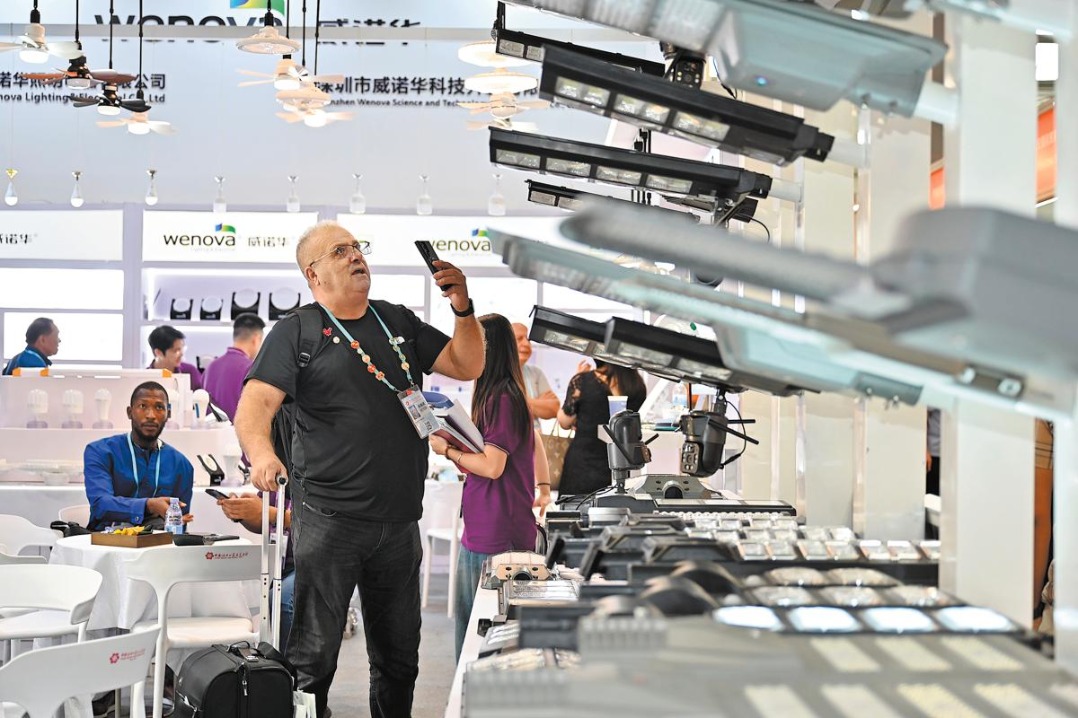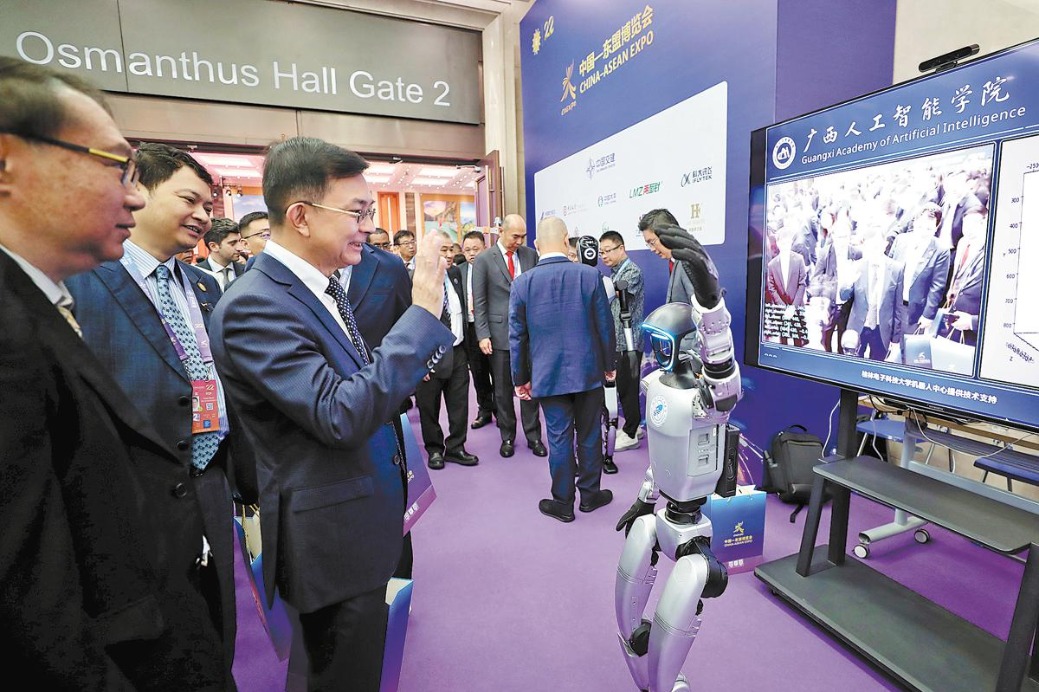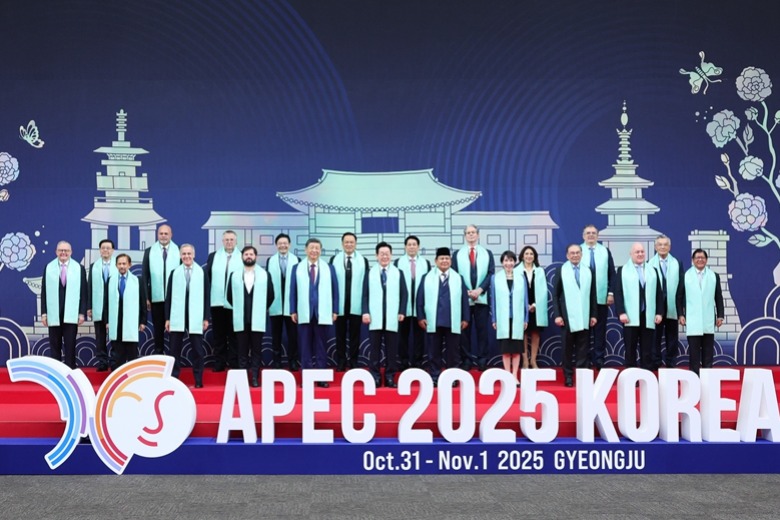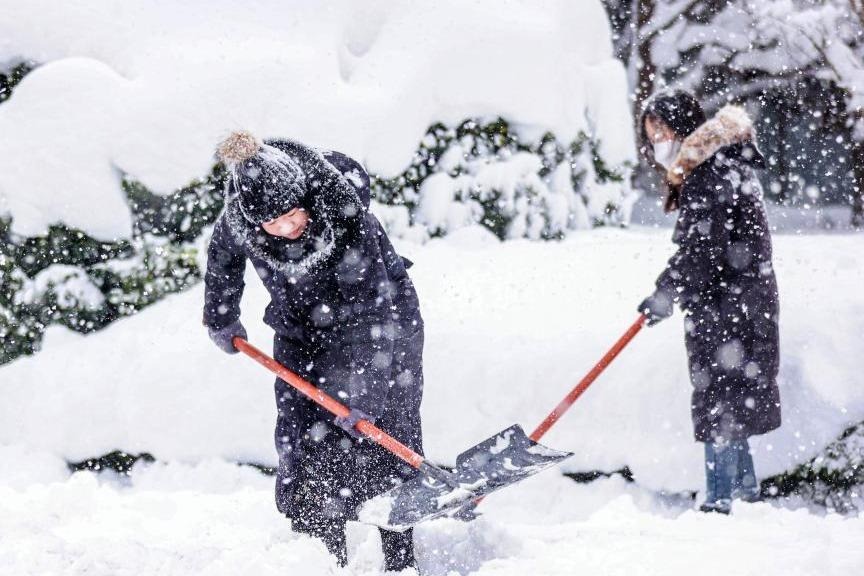A new window opens on WWII

An old three-story building in San Francisco's Chinatown has recently been refurbished and begun serving a new purpose of educating the public of the Chinese people's resistance against Japanese aggression during World War II.
After over 400 days of preparation, the WWII Pacific War Memorial Hall, the first and only one of its kind outside China, was opened on Aug 15 and has more than 100 artifacts of historic interest and hundreds of historical photos on display.
Three exhibition halls tell the general facts of the war as well as the overseas Chinese' contribution to the war efforts and China-US alliance.
It opens a window on the less known chapter of the history not only to the people touring the Chinatown from across the world, but also to the residents living in the Bay Area, said Daisy Wang, a local financial professional and a volunteer tour guide at the museum.
When first announced on July 7 last year, the museum had received great attention and efforts from the Chinese community, she said, who was the leader of the 14 volunteer tour guides, including four teenagers.
"Many parents reached me, hoping to have their children recruited as a tour guide. For those who can't make it, they showed great interest in visiting the museum themselves," Wang said.
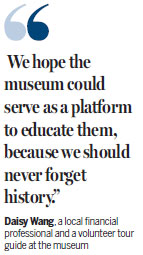
The guides mostly are members of Hebei American Association and a students' association of Stanford University. By preparing for the interlocution, both in Chinese and English, Wang said they had felt much closer to the history themselves.
"I think this is a very good opportunity for people, not only kids, but adults as well, to truly understand the history by seeing the exhibits first hand, especially when there are few sources to learn from in the US," she said.
Patrick Zhou, a 16 year-old high school student in the Bay Area, said he was surprised that the Chinese people was less covered in their history books than the Europeans though much more Chinese people were killed during the war since he came to know to this chapter of history four years ago.
Zhou said he had been researching the history of the Chinese People's War Against Japanese Aggression ever since and often brought up the topic among his classmates. However, they did not feel related as himself, Zhou said.
"It's not surprising that America-born kids do not feel related to this history," said Wang. "We hope the museum could serve as a platform to educate them, because we should never forget history."
In the museum, the audience has a chance to view the exhibits of historic significance, such as the sword of the Class A war criminal and mastermind of the Nanking Massacre, Iwane Matsui. They also have a chance to experience the touching moments during the cruel war years, like the original copies of a Chinese expeditionary army soldier's note of death in battle and letters from his father.
Another popular exhibit is a scale model of the Zhongshan Warship, a gunboat that sank with Chinese soldiers on deck during a Japanese bombing in 1938, which was donated to the Memorial Hall by the Zhongshan Warship Museum in Hubei province.
Since the announcement of the founding of the museum last year, the organizing committee has been receiving constant donations from the public from 1 dollar to tens of thousands of dollars. So far, it has received around $360,000 from 2,366 people.
liazhu@chinadailyusa.com
(China Daily USA 10/27/2015 page2)
Today's Top News
- Visa-free policy boosts China-Malaysia exchanges
- Jiangsu's city soccer league sparks tourism boom, boost economy
- Nation's new polar research team starts journey
- Xi greets Egypt's leader over opening of museum
- President's visit opens new prospects in Sino-ROK relationship
- China's role as next host of APEC hailed
















